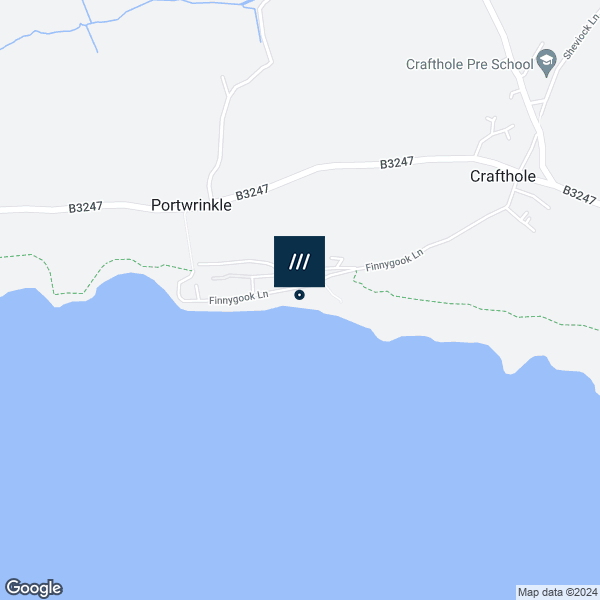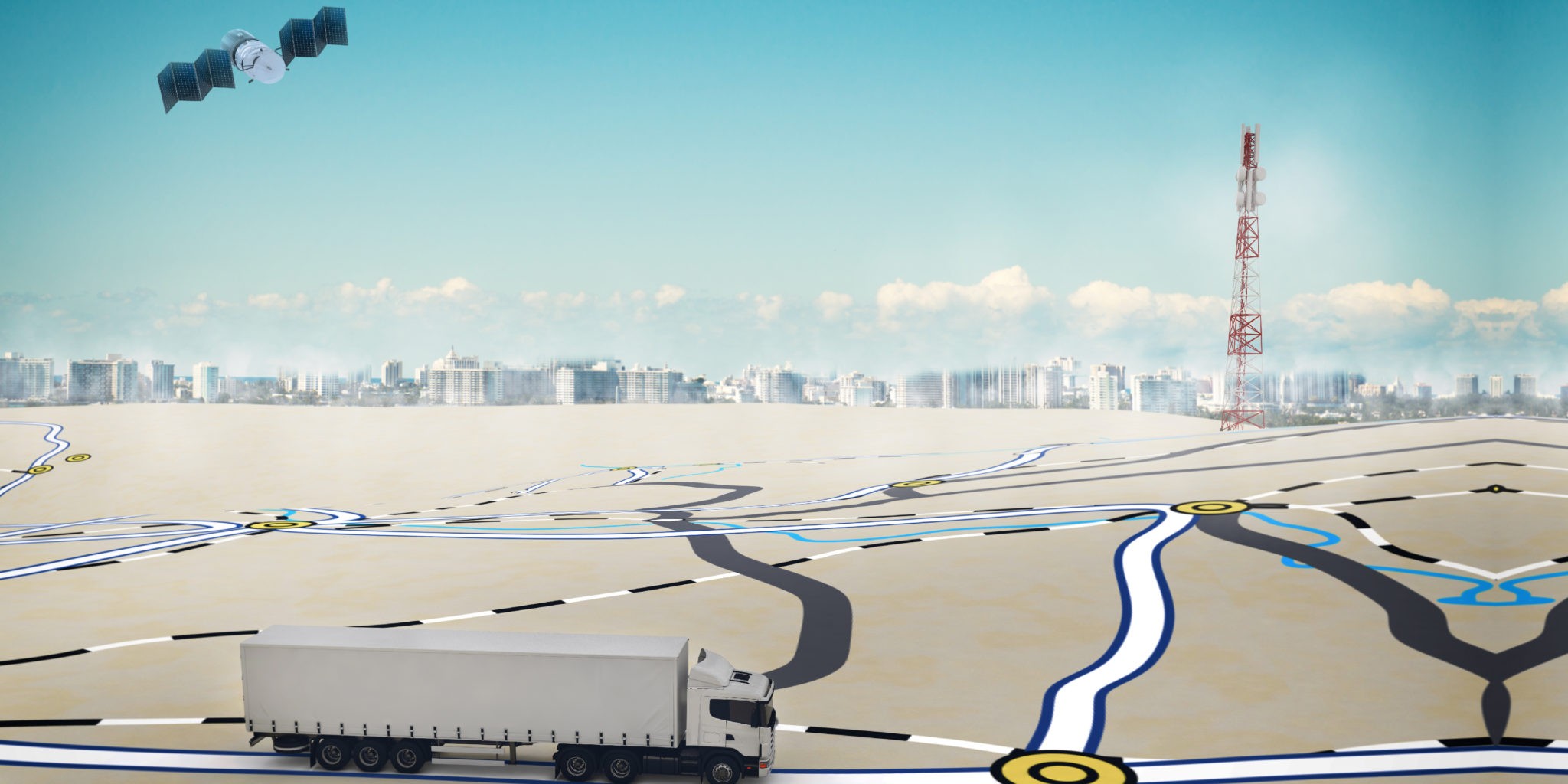henrym
Full Member
- Messages
- 7
But you have to pay for OsmAnd+, £4.49, and which services could do anything with global co-ordinates?Actually with Osmand+, click on the spot and up pop the co-ords. It could hardly be easier.
But you have to pay for OsmAnd+, £4.49, and which services could do anything with global co-ordinates?Actually with Osmand+, click on the spot and up pop the co-ords. It could hardly be easier.
Tap again and you get another set of words. Not that you have moved, but the GPS location given by a phone ain't that reliable.Somewhere here

///blinks.yelled.opens
This is the what3words address for a 3 metre square location near Millbrook, Cornwall.w3w.co
This 3 word address refers to an exact 3m x 3m location. Tap the link or enter the 3 words into the free what3words app to find it.
What is wrong with global co-ordinates? I go on google earth or on a gps, locate the spot I want, place the cursor on it and read the co-ords off the bottom of the screen. Could hardly be easier. That can get you within one metre in most places with domestic equipment. Where does one get the three words from anyway. Actually with Osmand+, click on the spot and up pop the co-ords. It could hardly be easier. Forget the degrees, minutes and seconds as some silly people are inclined to do, just set the instrument to decimal degrees. The only potential complication is knowing which side if the meridian one is on. To the west of greenwich it is minus and to the east it is plus.
But you can mishear words, rhyming words that sound similar but are differentIf I verbally told you co-ords, and three words, which do you think you are likely to remember. Same question, over a dodgy radio or mobile signal, which are you more likely to hear?
But you can mishear words,
Have you bothered to download and try it, its simplicity is the key.Why do people want to reinvent the wheel?
On my outdour first aid course, I was advised that if the incident was off-road, I should dial 999, ask for police and ask them for Mountain Rescue. I could then quote a grid reference, and they would get to me faster (from a distance, we have no local mountains) than the local bobbies. How difficult is to to give an accurate grid reference? - just install one of a number of free grid reference apps to your phone (search your store for Grid Reference, select something free). When you open the app, it will display the grid reference of your location which you can quote to the Service.
In principle, the same as installing the What3words app, for which you still have to quote the words, but there is already an established robust system. What's the advantage? A 6-figure grid reference (to 100 m) is usually adequate, but you can give a 10 figure GR which locates a point to the nearest metre!
I find it amazing that something that is 20,000Kms above you can tell you where you are to an accurancy of 3 Metres. Quite incredible reallyTo add to my post #29
just different "overlays" or grid reference systems ( I also add Googl maps links)
I suggest that the Deg / Min /Secs notation for Lat Long is a bit like a 2 sentence system with sentence one being 3 numerical words ie deg min sec each word being 2 digits sentence 2 for longitude
In most cases no need for further accuracy.
The "what3words" grid system is accurate..Supposed .Inaccuracies such as "Moving location whilst stationary" are (I believe) caused by problems with the GPS sensor or the fact that although satellites should be or are geostationary they are not perfect.
PS a google maps reference such as https://goo.gl/maps/bfEYsPvvz88eNSH76 van in practice only be used by copying
So I disagree with the what3words detractors but agree that you cannot beat "Proper Lat/Long co-ordinates" but that is not easy for some.
Oral/aural communication of any reference point has is "chinese wispers" problem !
Perhaps the numeric Deg Min Sec system is easiest for this but I suggest that Decimal degrees is now probably the standard.
Each to their own...They all work !
Actually, one thing some 20,000 km above you can't do that. It requires several satellites to provide an accurate position. Also, the fact that what3words employs a 3m grid does not mean that you can determine your position to within 3 metres. Positional accuracy depends upon many factors, and in particular how much clear sky you can see.I find it amazing that something that is 20,000Kms above you can tell you where you are to an accuracy of 3 Metres. Quite incredible really

Actually, one thing some 20,000 km above you can't do that. It requires several satellites to provide an accurate position. Also, the fact that what3words employs a 3m grid does not mean that you can determine your position to within 3 metres. Positional accuracy depends upon many factors, and in particular how much clear sky you can see.
Ordnance Survey says: "
Positional accuracy with a single receiver, to civilian users approximately equals 5m to 10m, 95% of the time..." https://www.ordnancesurvey.co.uk/bu...avigation-technology/gps-beginners-guide.html
Microlise says:
"A typical smartphone is usually accurate to within about five metres, or 16 feet, however a number of variables can reduce this.
...
The most common reasons for inaccuracy can now be attributed to buildings, other large man-made structures, trees and large objects which can block the line of sight between your device and the GPS satellites – as can being indoors or underground. Satellite signals can also bounce off of things like buildings.
Less common might be radio interference or jamming, major solar flare activity or temporary satellite manoeuvres creating coverage gaps."

